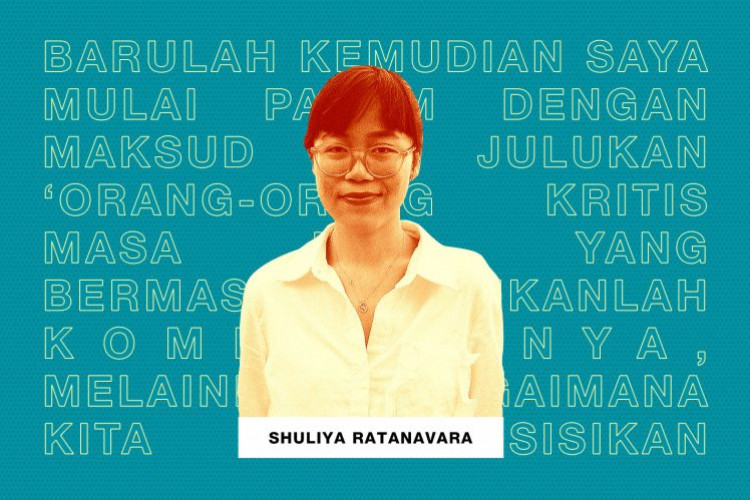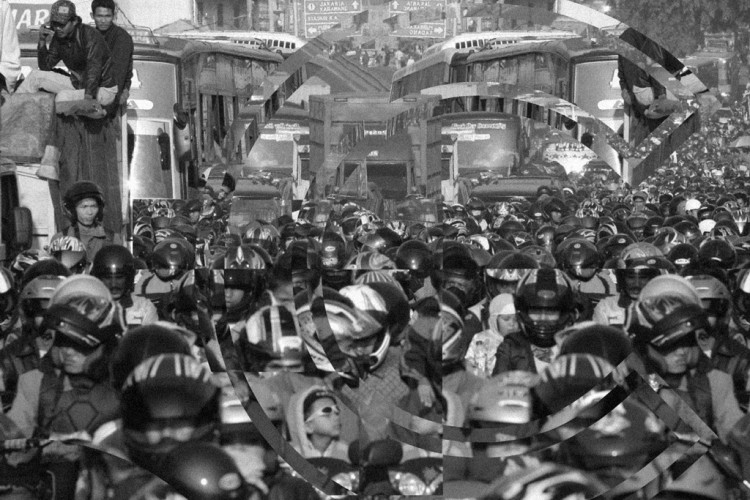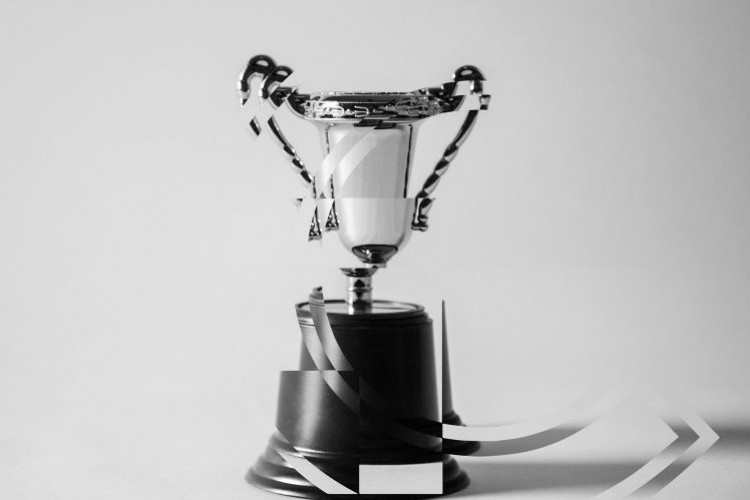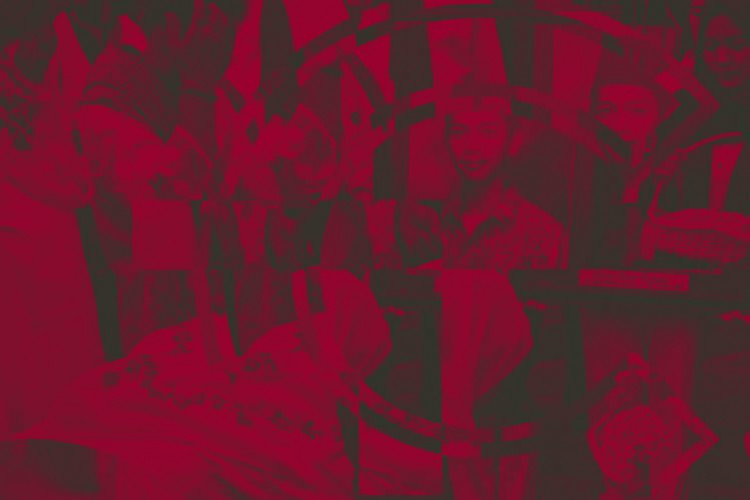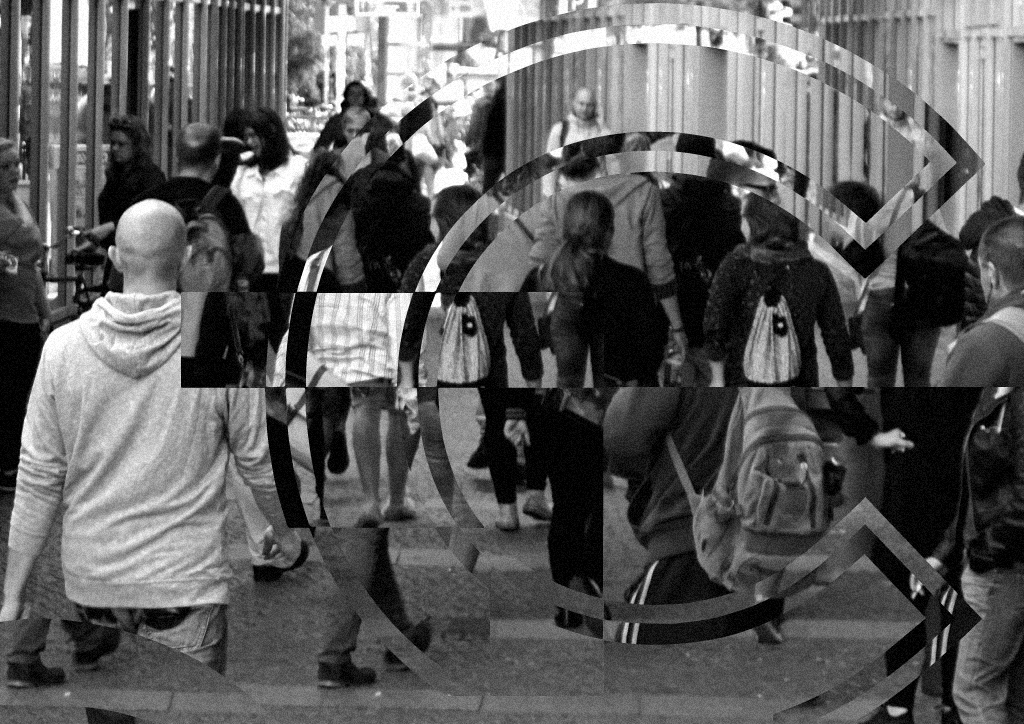
Carl Jung, an expert in analytical psychology born in Switzerland, 1875, published his work titled Psychological Types in 1921 and changed the world’s perception on humans’ personality ever since. The terms extrovert and introvert are part of Jung’s invention that have been used in the world of psychology. Since decades ago, scientists have been conducting researches to further examine these personality types by looking at the brain responses. These theories and researches have proven the distinction over the extroversion and introversion, but surprisingly, this personality typing has influenced a wider area apart from of a person’s behavior in a similar way that we might not pay enough attention to.
To begin with, the disparity both types possess are obvious looking at the stereotypes given to them. As Susan Cain mentions in Quiet (2012), “Our lives are shaped as profoundly by personality as by gender or race. And the single most important aspect of personality is where we fall on introvert-extrovert spectrum.” This spectrum affects our career and the behavior that we are linked to. Extroverts are more sociable and bold compared to the introverts that relate a lot with the word shy and quiet. Occupations such as motivator, lawyer, and businessman are very much associated to extroverts. Students who excel at sports—who function best in the team work—are also related to extroverts. On the contrary, introverts are seen to be the thinker—people who deeply calculate the aftermath of their action. Scientist, writer, and artist are the occupations that mostly engaged by the introverts who are thought to be lonely, critical, and reserved. Introverts also have higher sensitivity compared to the extroverts, making them have a higher level of empathy and less attitude problems. While the extroverts are more likely to be the class clown, the introverts are usually the nerds. These stereotypes are often highly regarded, causing people to neglect the exceptions both personalities may have.
Supplementary to that, what differs these personalities also based on their energy use or what extent the energy each personality spends in certain activities. Extroverts enjoy doing activities that involve being with other people. Taken from Medical Daily (2014), it is widely known that introverts are prone to exhaustion when being with other people, while the extroverts gain their energy from it. Hans Eysenck, a German psychologist, stated the term called “arousal” in his 1960’s theory. Extroverts are recharging their energy by being stimulated by the outside world in order to feel awake. They are constantly in need of getting “aroused”, therefore, extroverts have a lesser sense of arousal compared to the introverts. Introverts, on the other hand, are the total opposite. They have higher level of arousal, hence socializing will only immensely arouse them, making them feel overly tired. Thus, introverts tend to look for a peaceful situation, for example being alone. Introverts are recharging their energy by doing ‘me time’—an activity that requires no social activities. It explains their quiet behavior that is often mistakenly as shyness. We may find extroverts in sports team and party, whereas introverts are likely found to be seeking solitude in the library or by staying home. These certain activities resemble how particular personality manages their energy use.
No matter how opposing these two personalities are, similarly, both contribute to limit the potential and trajectory of a person. Growing up knowing that you belong to a certain type hinders you from doing things beyond its limitations. In 1920, experts believe that shyness may end in unwanted results such as alcoholism and suicide, whilst being sociable brings financial success. It results in putting introverts into hiding and feeling inferior, while also demanding the extroverts to fulfil the expectations. Rosa Parks, a strong African American civil rights activist, was an introvert herself, and she did things beyond the introversion limitations. Similarly, Muhammad Ali, the famous boxer who rarely made controversies and known for his deep thoughts and religiousness, was an extrovert. There are more people like Rosa Parks and Muhammad Ali out there, defying the barriers personality typing has created. Every person cannot be classified into a hundred percent introvert or extrovert. Everyone has a unique personality and cannot be blocked using personality typing.
Personality typing also builds a certain system that institutions value for both types equally. Susan Cain’s term of Extrovert Ideal for instance, shows today’s admiration over extroversion “We live with a value system that I call Extrovert Ideal—the omni-present belief that the ideal self is gregarious, alpha, and comfortable in the spotlight,” (Quiet, 2012). One prominent example is our education system. A lot of universities and schools demand in-class presentation, class discussion, and group works to be a part of the whole grading system. Also, in the kindergarten, the seats are arranged in bundles to increase the amount of interactions between kids. While extroverts may enjoy this kind of arrangement, introverts may exclude themselves. Beauty product advertisements also support this system by portraying a loner’s experience in using the products that eventually make her popular and become the center of the spotlight. It proves that the view on extroversion has influenced the system that is thought to be better suited to it. Looking at the introversion, we may find places like library, music store, and internet café provide an introversion-based system. It accentuates individual’s solitude in terms of the seat arrangement and circumstances, for example the rule of no talking that oppresses the social interactions which support the introversion.
Classifying personalities into certain types is not based on random assumptions, it is supported by the credible psychologists and scientific researches. Both personalities differ in a way the world has stereotyped them and the major difference is due to the spending of the energy use. While those concerns highlight the contrast between the two, both personalities have shaped people in such a similar way by limiting the circumstances of what they should dwell in and have affected our system also in the same way. Unfortunately, people from both types are expected to behave the way their type is associated with. However, as philosopher William James puts it, “A man has as many social selves as there are distinct groups of persons whose opinion he cares.”
“Personality Typing” ditulis oleh:
Livina Veneralda
A student of English Study Program, University of Indonesia. She is currently living in an endless sphere of coming into class and still searching for the best method to look alive.








